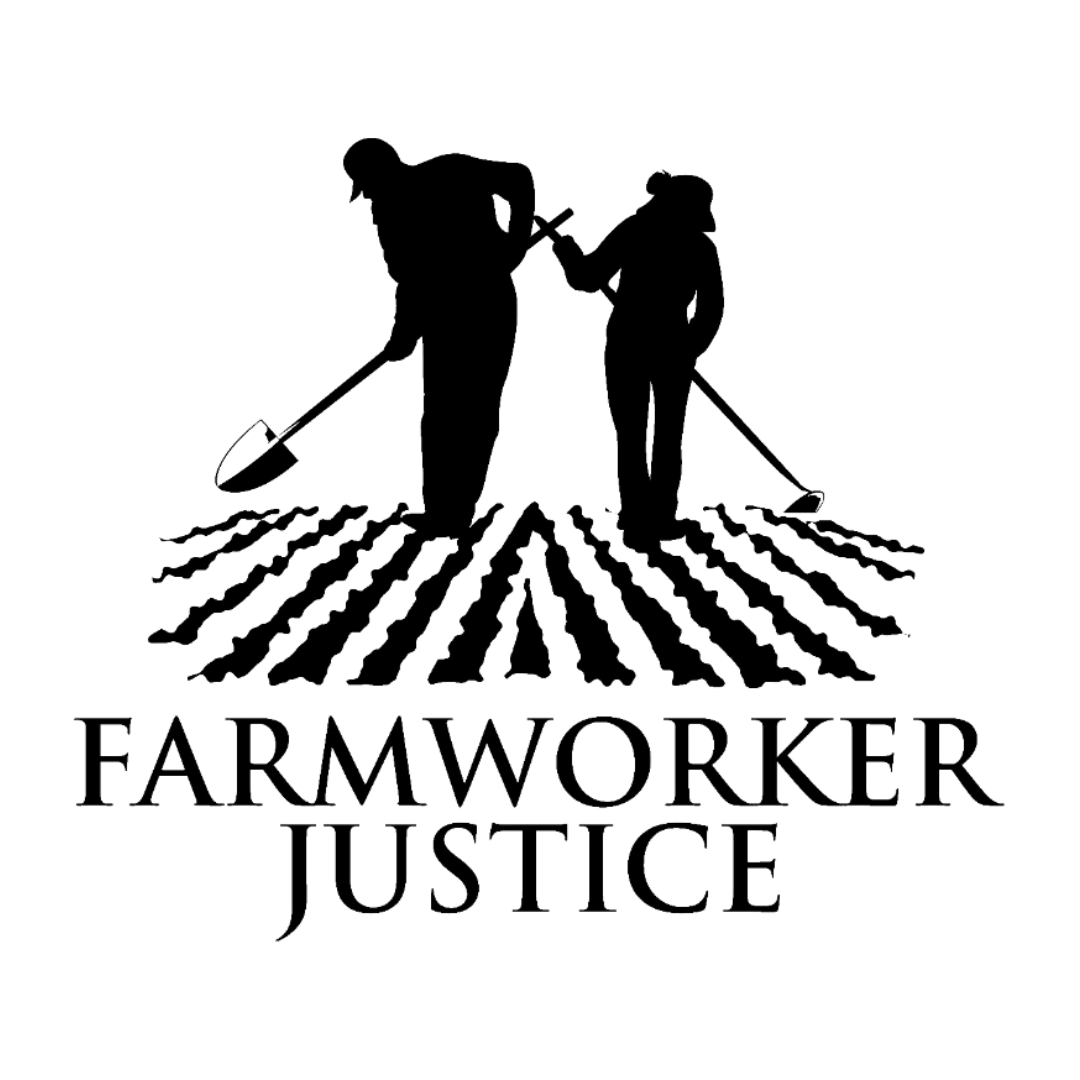Federal Court Grants Farmworker Groups an Injunction Against U.S. Department of Labor’s Decision to Freeze Wages Under the H-2A Guestworker Program

(Washington, D.C.) On Wednesday, a federal court in California enjoined the U.S. Department of Labor’s decision to freeze, and effectively lower, several hundred thousand farmworkers’ wages employed at farms that use the H-2A agricultural guestworker program. A preliminary injunction was issued by U.S. District Judge Dale A. Drozd in Fresno in a lawsuit filed by the United Farm Workers (UFW) and the UFW Foundation, represented by Farmworker Justice and the law firm WilmerHale. The new regulation was set to take effect on December 21 and regulate wage rates beginning in January 2021.
In announcing the new regulation, DOL estimated that nationwide H-2A guestworkers would suffer wage losses of $57 million in 2021, $139 million in 2022 and an average of $170 million annually over ten years. DOL also admitted that U.S. farmworkers (i.e., non-H-2A workers) would suffer wage losses, but made no estimates of how much those losses would be.
The H-2A agricultural guestworker program, which allows employers to hire foreign workers on temporary visas for seasonal jobs, has been expanding rapidly in recent years. In fiscal year 2020, the DOL approved over 275,000 H-2A positions and the State Department issued more than 204,000 H-2A visas in 2019.
The H-2A law prohibits the DOL from approving employers’ applications for guestworkers if the wage rates offered would “adversely affect” the job opportunities or wage rates of U.S. farmworkers. The principal H-2A wage protection is the Adverse Effect Wage Rate (AEWR), which DOL had been setting for each state based on regional average hourly wage rates for field and livestock workers combined, as determined by the USDA Farm Labor Survey (FLS). This minimum wage applies to both foreign and domestic farmworkers working for H-2A employers. The DOL has been using the USDA FLS to set the H-2A AEWRs for decades because it is a measure of the current market rate wage for farmworkers.
In a related case, the United Farm Workers and the UFW Foundation sued the U.S. Department of Agriculture for its September 30 decision cancelling the FLS and the corresponding annual Farm Labor Report on which the AEWR is based. On October 28, Judge Drozd issued a temporary restraining order and preliminary injunction prohibiting the USDA from cancelling the FLS and the annual Farm Labor Report. In the new case against the DOL, the court noted that the USDA data will now be available to continue the former regulation’s methodology.
The 2020 AEWRS vary by state, averaging $13.99 per hour. The AEWRs have been increasing modestly in most states in recent years based on the USDA FLS results; data for the first half of FY2020 show the rates rising by 3% from the previous year.
The new regulation would freeze wages for 2021 and 2022 at the 2020 AEWRs (which are based on 2019 FLS wage data). In 2023 and later years, DOL would adjust the 2020 rates by using DOL’s more general Employment Cost Index (ECI) instead of the FLS. DOL acknowledged that ECI, a broad measure of labor wages that excludes the agriculture industry, has been rising more slowly than farmworkers’ wages. In justifying its decision, DOL said the wage freeze would create stability and predictability for agricultural employers regarding wages.
The court ruled that the DOL’s new regulation violates the federal Administrative Procedure Act in several ways, including, by failing to comply with the legal requirement to prohibit adverse effects to farmworkers’ wages, and by selecting wage-setting methodologies that bear no relation to the farm labor market. The court also held that the DOL violated the APA by failing to give the public notice and an opportunity for comment on its new methodology for calculating wages, which was not previewed in the preliminary rule published in July 2019.
Because USDA had sought to cancel the FLS, the data necessary to determine the 2021 AEWR will be delayed until February 11. In its decision to enjoin the DOL regulation, the court asked the parties to address how to prevent wage losses for farmworkers during the delay.
Farmworkers’ wages are among the lowest of any occupation in the nation. About one-third of farmworker households’ incomes fall below the poverty line. In the last few years, farmworkers’ wages have been rising modestly. Judge Drozd concluded that farmworkers would be seriously and irreparably harmed in the absence of an injunction.
“We are very pleased that the court entered a preliminary injunction against the unjustified decision by Secretary of Labor Eugene Scalia to lower wage rates of several hundred thousand farmworkers. Secretary Scalia’s decision to freeze farmworkers’ wage rates for two years is an utterly arbitrary and unlawful act that inflicts grave harm to some of the most vulnerable workers in the nation,” said Bruce Goldstein, president of Farmworker Justice, and one of the attorneys in both lawsuits.
Click here for more information regarding the DOL’s November decision on H-2A Guestworker wage-rates. Information about the H-2A program is available on our website resource center at https://www.farmworkerjustice.org/resources/h-2a.
###
Farmworker Justice is a national advocacy organization for farmworkers. FJ founded in 1981 is based in Washington, D.C. and collaborates with organizations throughout the country to empower farmworkers to improve their wages, working conditions, occupational safety, health immigration status and access to justice. For more information visit the Farmworker Justice website at www.farmworkerjustice.org and follow on Twitter at @FarmwrkrJustice.
Media Contact:
BA Snyder
Veritas Group for Farmworker Justice
512.630.6337
BA@TheVeritasWay.com
Categories
- Letters to the Editor and OpEds19
- Farmworker Justice Earned Media Reports0
- Farmworker Justice4
- 2024 Press Releases5
- 2023 Press Releases1
- 2022 Press Releases9
- 2021 Press Releases31
- 2020 Press Releases26
- 2019 Press Releases19
- 2018 Press Releases11
- 2017 Press Releases25
- 2016 Press Releases7
- 2015 Press Releases10
- 2014 Press Releases21
- 2013 Press Releases25
- 2012 Press Releases0

